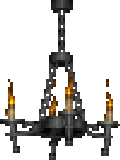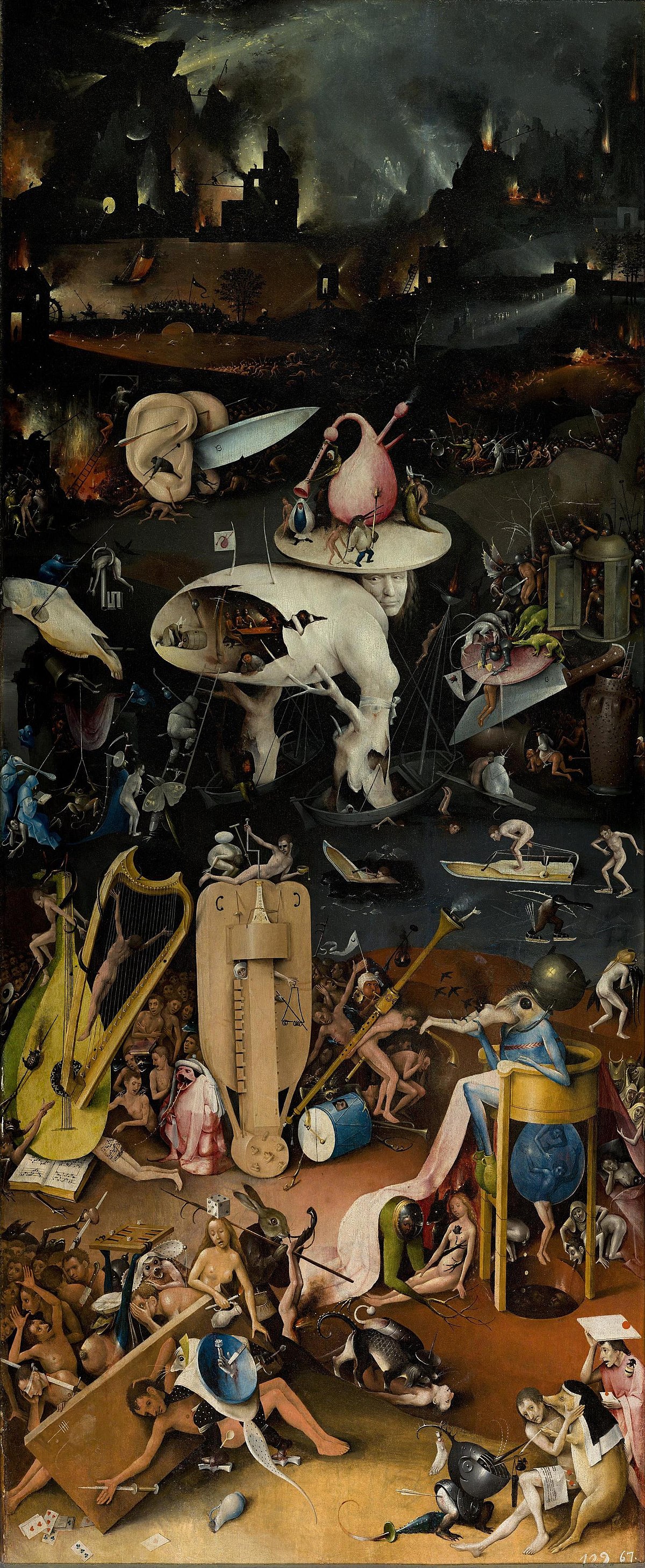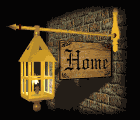Themes: Religion, Sin, The Apocalypse, Memento Mori, Surreal Creatues, and Late Medieval/Early Renaissance Art
.gif)

Hieronymus Bosch (c. 1450-1516) was a Dutch painter from the Northern Renaissance known for his strange and fantastical visions of the natural world colliding with imagined beasts, bizarre creatures, and religous imagery. Very little is known about Bosch’s life or the meanings he intended in his works besides his orthodox Catholic convictions. Undoubtedly, the most famous example of Bosch’s work (and my personal favorite) is The Garden of Earthly Delights. The triptych features three center panels depicting from left to right Adam, Eve, and Christ in the Garden of Eden, a Paradise of hedonism and lust, and finally, Hell.

Bosch, Hieronymous. The Garden of Earthly Delights.1490-1500, oil on oak panel.
The painting depicts the original sin of man and warns against overindulgence and lust, and the horrifying tortures man will suffer should he commit these sins. There is an incredible attention to detail, and the crowded composition of the figures depicted in each area of the canvas encourages the viewer to truly contemplate and examine each individual form. In doing so, you will discover an often grotesque and wonderfully strange menagerie of creatures and scenes captured within. Bosch may have acted as a very early precursor to the Surrealists, who three centuries later would adopt similar dream-like and otherworldly ways of depiction.

The Garden of Earthly Delights Detail.
The artistic tradition of the memento mori, a Latin phrase translating to “remember you must die”, urges us to consider our own mortality and ephemeral existence. Within the medieval period that the artistic tradition emerged from and throughout the seventeenth century, there was religious meaning imbued into this idea. It was most often used to urge the viewer to live a moral life- in other words, a devoutly religious life- in order to achieve salvation by Christ. This concern with mortality in combination with religious motivations can be seen reflected in the paintings of Hieronymous Bosch.
.jpg)
Bosch, Hieronymous. Death and the Miser 1494-1516, oil on panel.
(unrelated but i just love this jerboa dog thing <3)

The Garden of Earthly Delights detail.
Bosch's art is renowned for its symbolic richness and enigmatic nature. His works often include bizarre and hybrid creatures, demons, and nightmarish visions, creating a unique visual language that has fascinated art historians, scholars, and viewers throughout the centuries.
